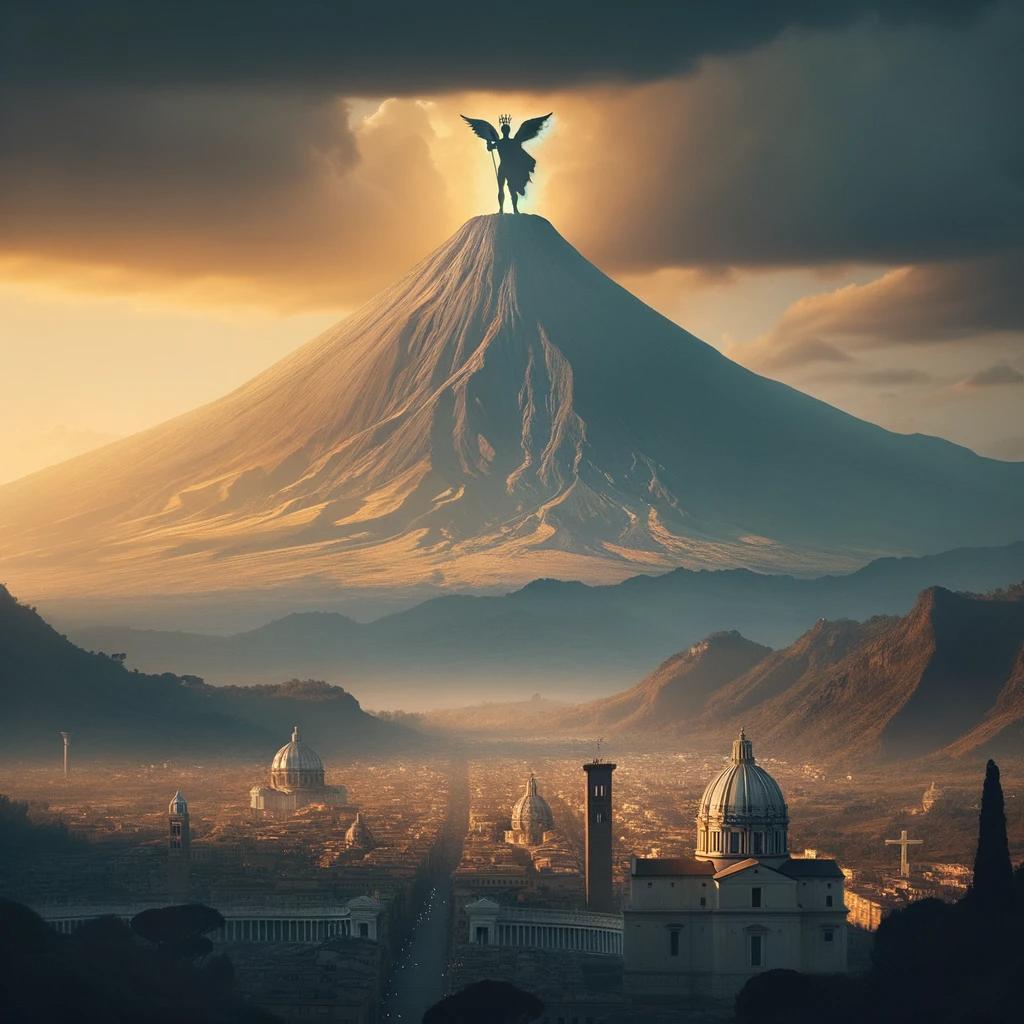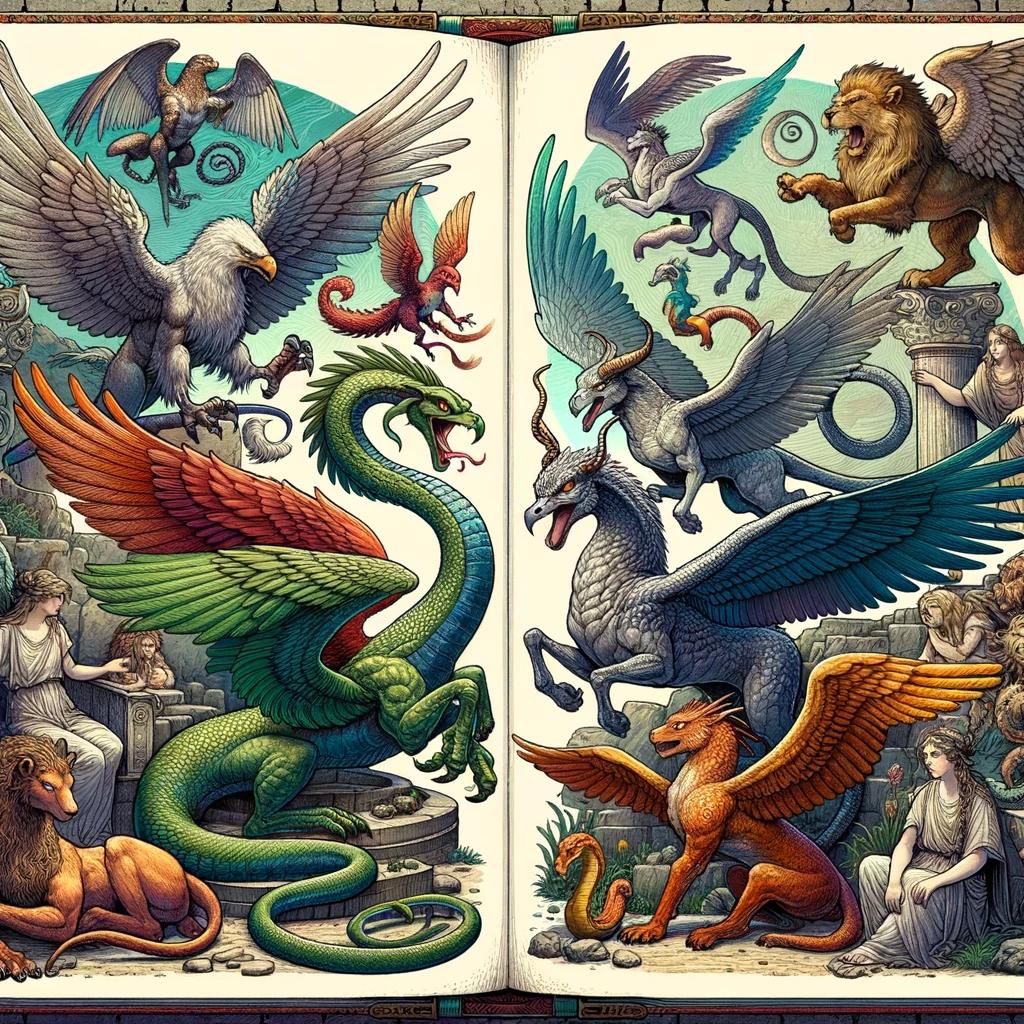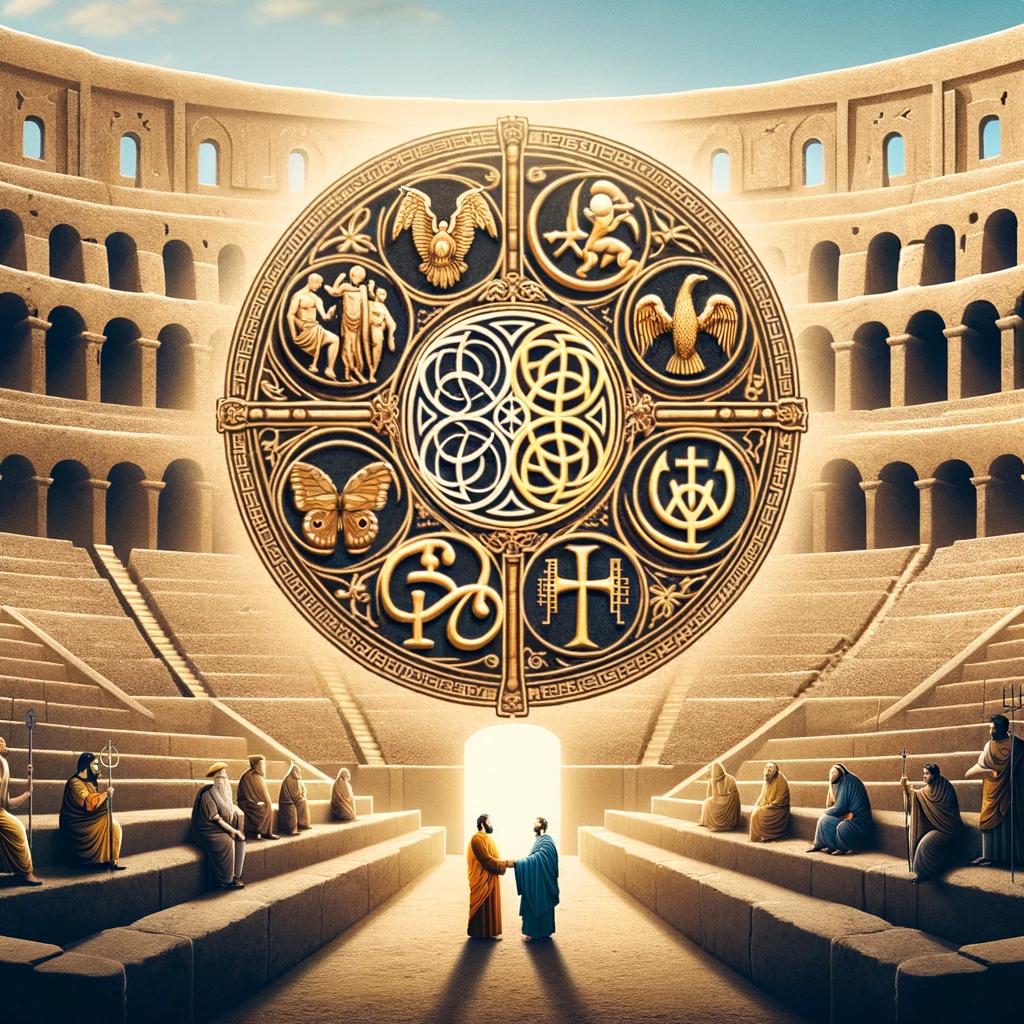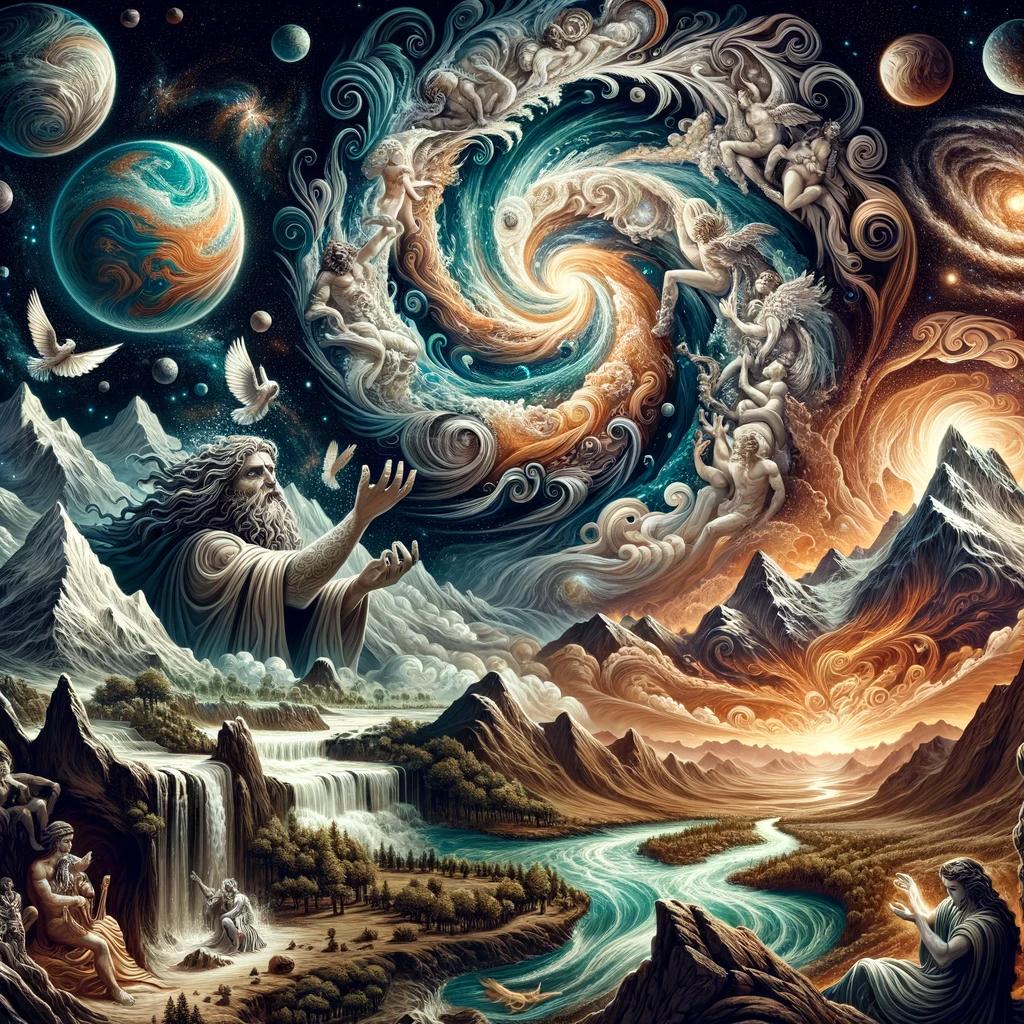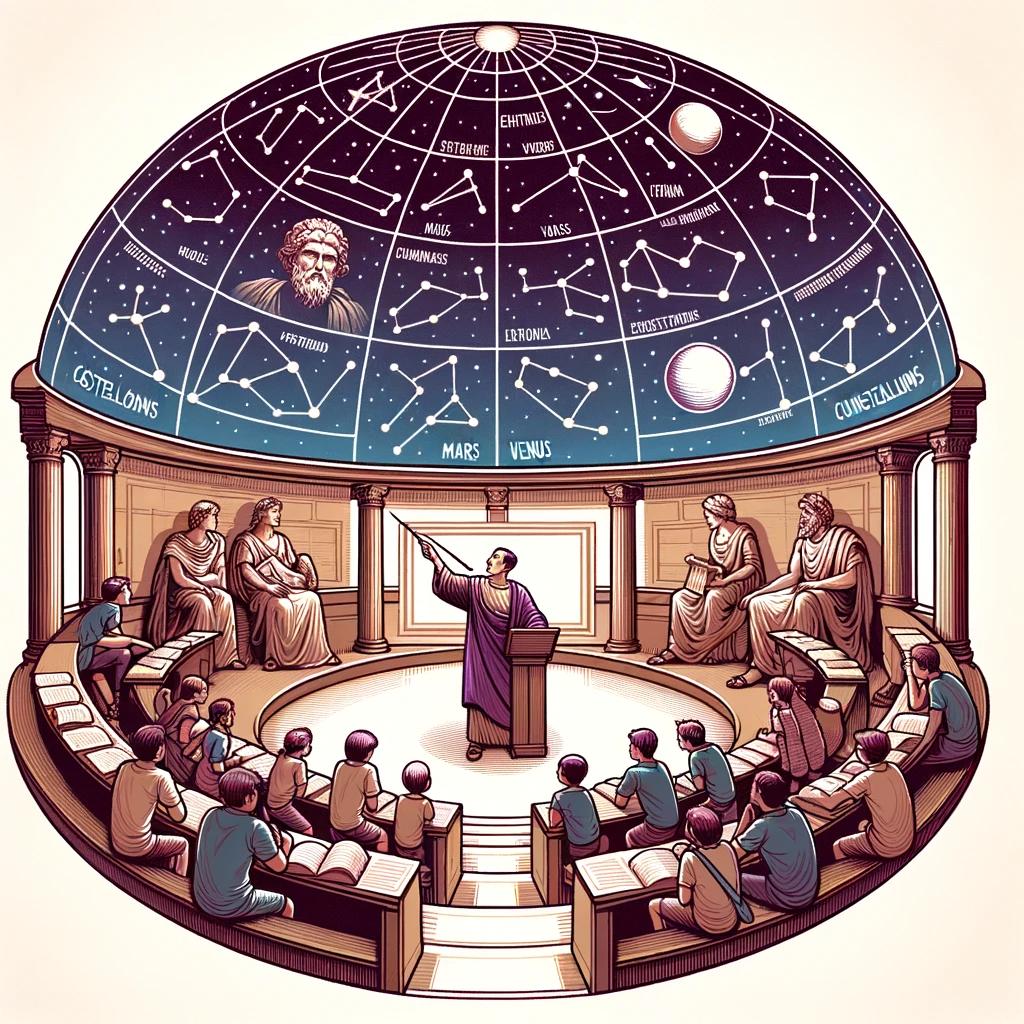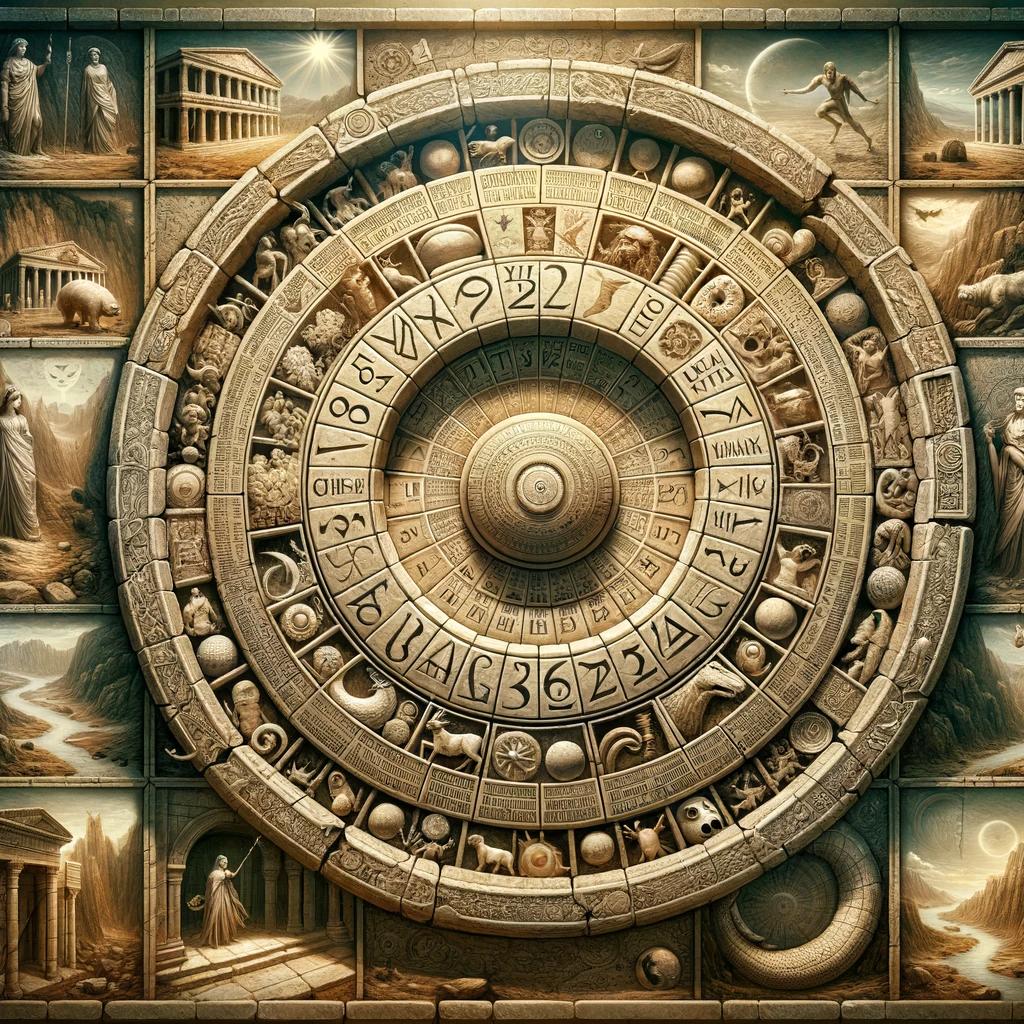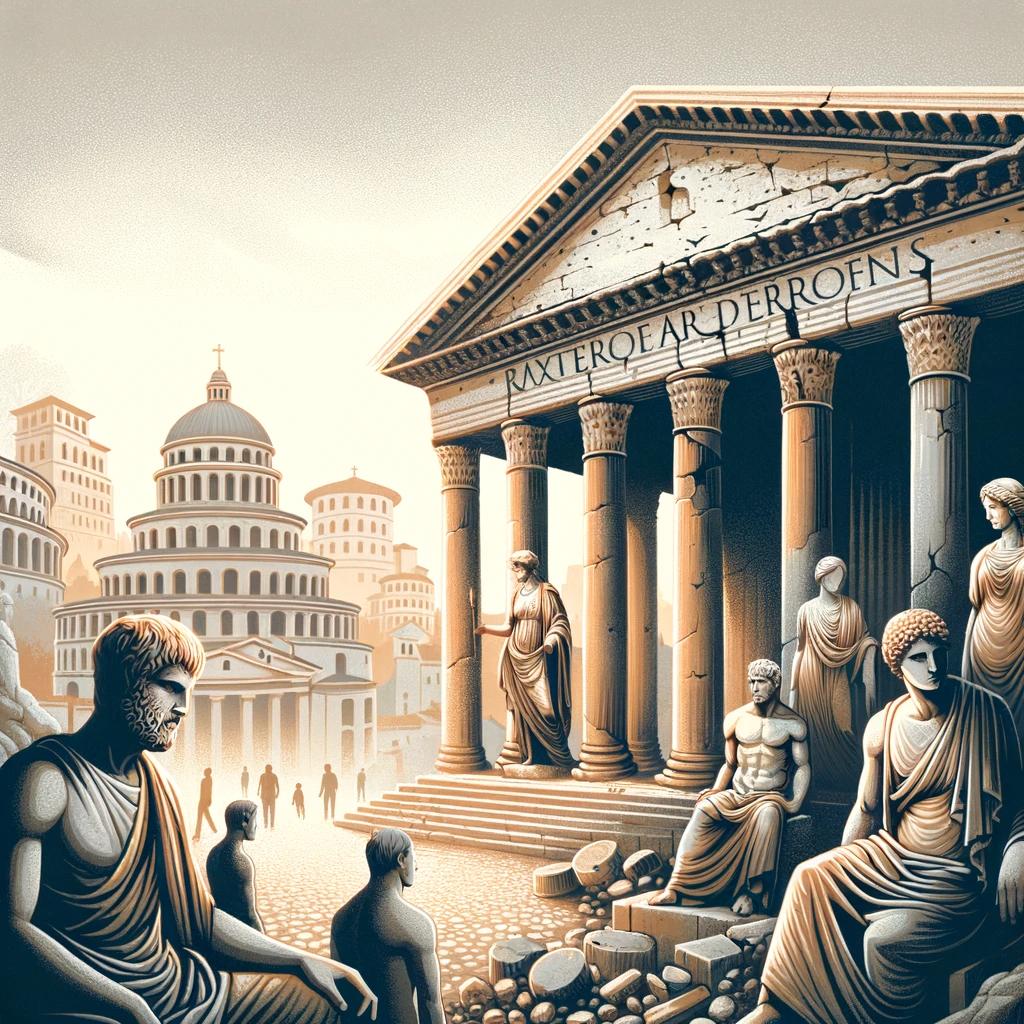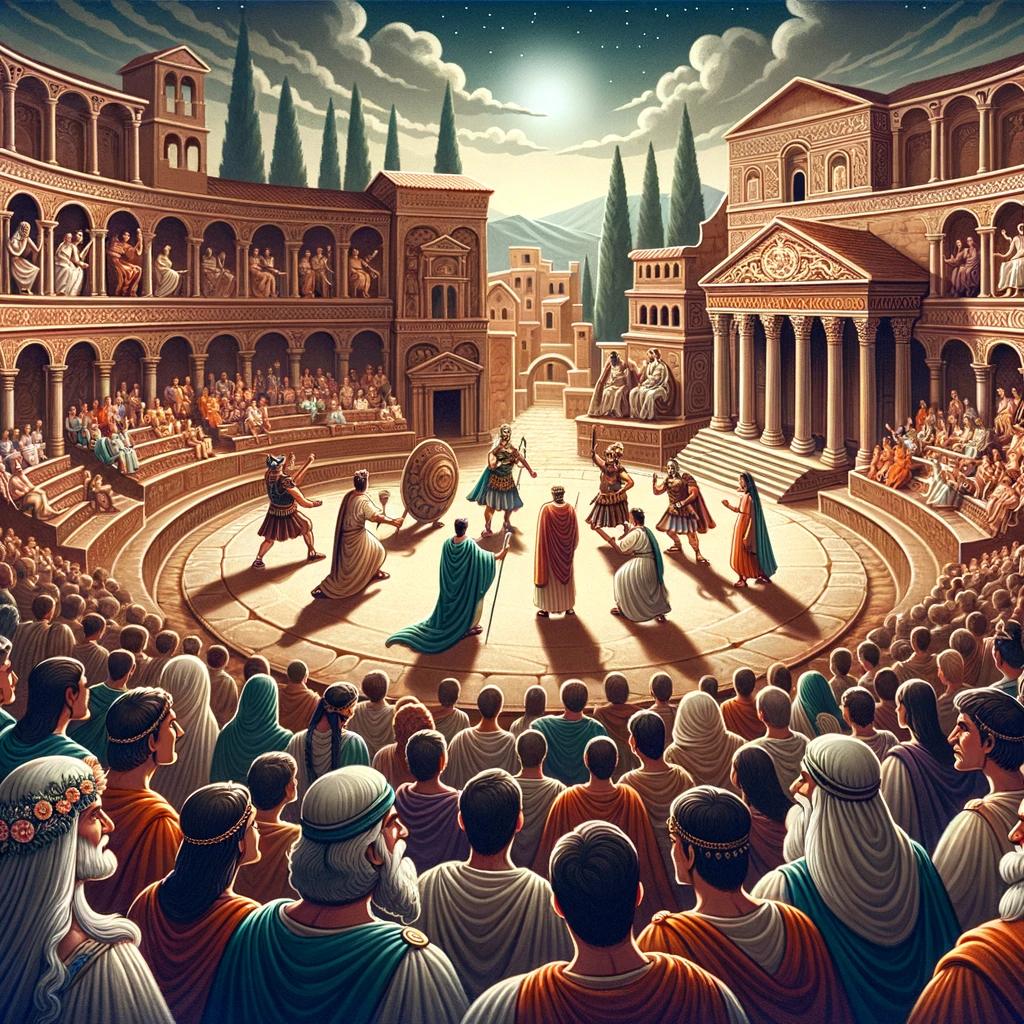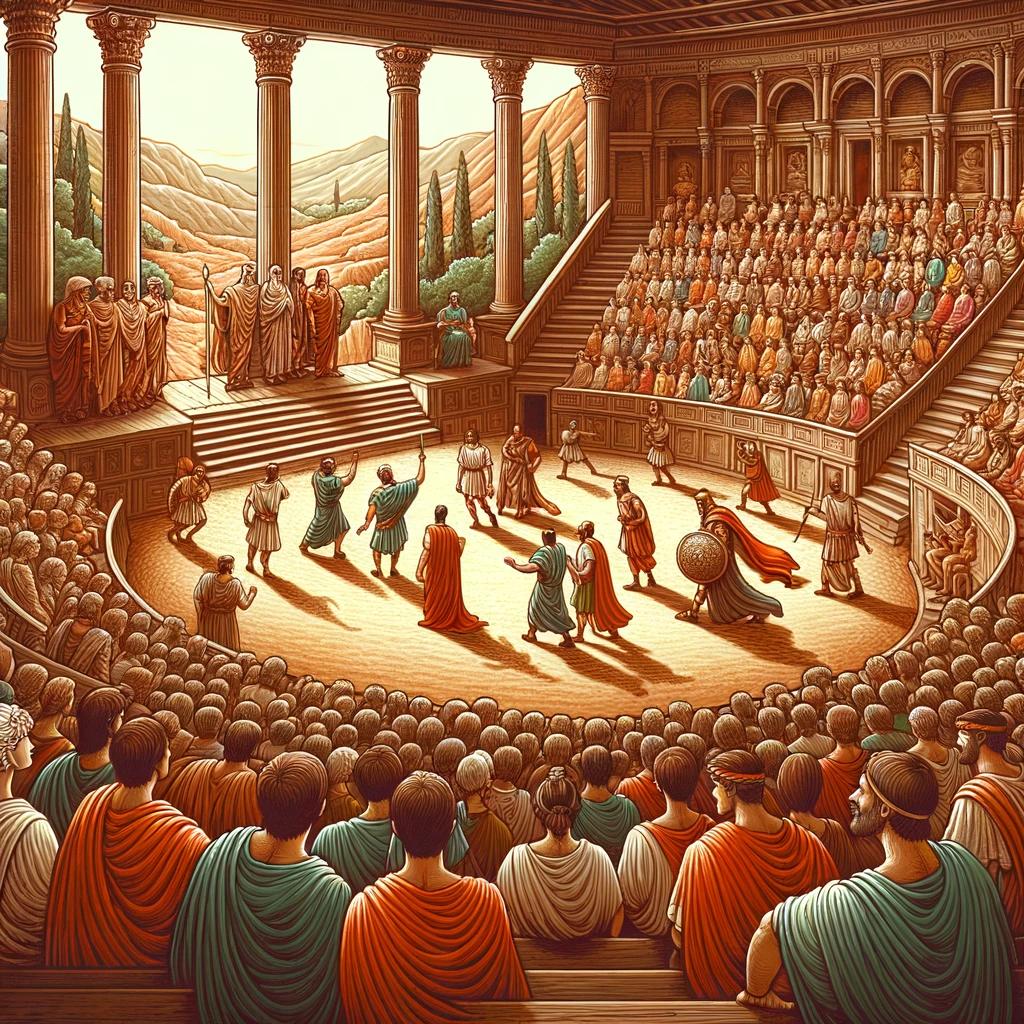Roman God for whom Volcanoes are named: Unveiling Vulcan, the Fiery Deity
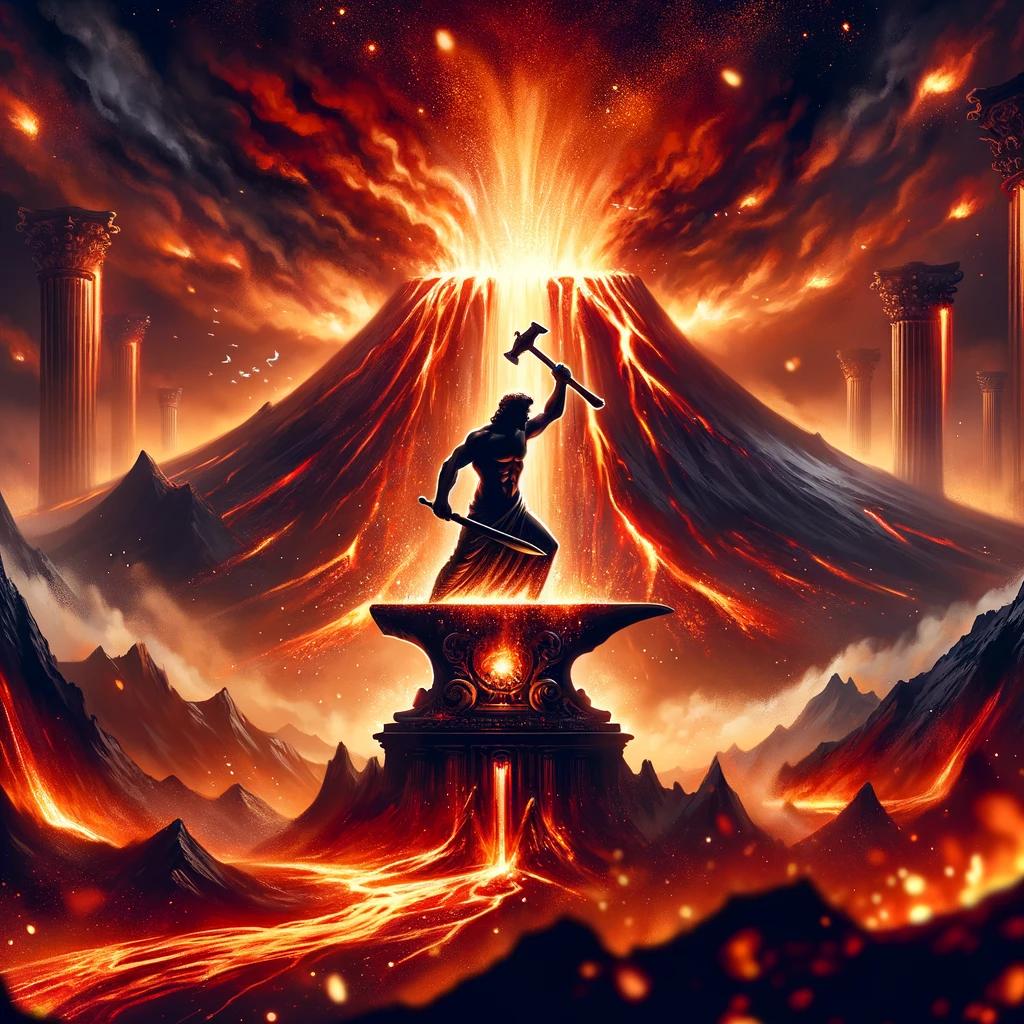
Vulcan, the Roman god associated with fire and volcanoes, holds a significant place in mythology and culture. This article explores Vulcan’s origins, symbolism, and his connection to the Greek god Hephaestus. The annual festival Vulcanalia, dedicated to honoring Vulcan, is also discussed along with its rituals and traditions.
Furthermore, the influence of Vulcan in Roman society, metalworking, and architecture is highlighted. Finally, the article delves into the connection between Vulcan and the natural phenomena of volcanoes, as well as Vulcan’s portrayal in modern literature, art, and popular culture.
Roman God for whom Volcanoes are Named: Vulcan
Vulcan, known as Vulcanus in Latin mythology, is the Roman god associated with fire, including volcanic fire, deserts, metallurgy, and forging. Often depicted with a blacksmith’s hammer, Vulcan holds significant importance in Roman culture and religion.
In this section, we will explore the mythological origins of Vulcan and delve into the representation and symbolism associated with this fiery deity.
Mythological Origins of Vulcan
The precise origin of Vulcan’s name remains unclear, although it has been linked to Latin words associated with lightning and flames. Some interpretations suggest the meaning of “lustre,” while others propose a connection to a Proto-Indo-European smith god called *wl̩kānos.
These etymological clues provide insights into the multifaceted nature of Vulcan’s domain over fire and the forge.
Representation and Symbolism of Vulcan
Vulcan is commonly depicted as a skilled blacksmith with a muscular physique, wielding a hammer and surrounded by flames. This representation symbolizes his association with metallurgy and the transformative power of fire in crafting tools, weapons, and even celestial objects.
Vulcan’s importance in Roman society is evident in numerous artistic portrayals throughout history, showcasing his role as the divine patron of skilled craftsmanship and the forge.
Vulcan and his Greek Counterpart Hephaestus
Vulcan, the Roman god of fire and volcanoes, shares many similarities with his Greek counterpart Hephaestus. Both deities are known for their association with fire and metalworking, although there are also some differences that set them apart.
Similarities and Differences between Vulcan and Hephaestus
Vulcan and Hephaestus are both depicted as skilled blacksmiths and craftsmen. They possess exceptional talent in working with fire and forging exquisite creations. Both gods are often shown with tools like hammers and anvils, emphasizing their roles as divine craftsmen.
In Greek mythology, Hephaestus is married to Aphrodite, the goddess of love and beauty, while Vulcan is married to Venus, the Roman equivalent of Aphrodite.
However, there are some distinct differences between Vulcan and Hephaestus. While Vulcan is often portrayed as an ugly and disabled god, with a deformed leg, Hephaestus tends to be depicted as strong and physically capable.
Hephaestus is also frequently associated with divine weapons, such as the famed thunderbolts wielded by Zeus, while Vulcan’s focus is primarily on metalworking and the construction of practical items.
Role of Vulcan and Hephaestus in Fire and Forge
Both Vulcan and Hephaestus play crucial roles in the realm of fire and forge. They are regarded as the patrons of blacksmiths and artisans, providing the divine inspiration and skill necessary for creating exceptional metalwork.
These gods are believed to breathe life into the flames of the forge, infusing them with their divine powers.
Vulcan and Hephaestus also possess the ability to control and manipulate fire.
They are capable of harnessing its destructive power for the construction of weapons and tools, as well as its transformative and purifying properties in the process of crafting metal objects. Their mastery over fire and forge symbolizes the transformative nature of creation, reflecting the divine power inferred upon them.
In conclusion, Vulcan and Hephaestus exhibit both similarities and differences in their roles as gods of fire and forge. They share a common association with craftsmanship and metalworking, but have distinct characteristics and attributes that set them apart.
Their contributions to the world of fire and forge are essential and deeply rooted in mythology, highlighting the significance of these deities in ancient Roman and Greek cultures.
Vulcanalia: The Annual Festival in Honor of Vulcan
Vulcanalia is celebrated annually to honor Vulcan, the Roman god of fire and volcanoes.
This vibrant festival holds great significance in the Roman culture and is marked by various rituals and traditions.
Significance and Celebration of Vulcanalia
Vulcanalia represents a time to pay tribute to Vulcan, the powerful deity associated with fire and metallurgy. The festival holds immense significance as it seeks to appease Vulcan’s fiery nature and gain his favor for protection against volcanic eruptions and destructive fires.
During Vulcanalia, Romans express their gratitude for the fire’s usefulness in everyday life, including its role in forging weapons, tools, and other valuable items. It is also a time to acknowledge the primal power of fire and its connection to Vulcan’s domain.
As Vulcanalia falls on August 23rd, the peak heat of summer, the festival carries an additional meaning of seeking Vulcan’s blessing for relief from the scorching temperatures.
Rituals and Traditions during Vulcanalia
Lighting of Bonfires
A prominent ritual during Vulcanalia involves the lighting of bonfires in honor of Vulcan. These fires serve as a symbolic representation of his sacred fire and a means to ward off evil spirits and potential volcanic eruptions.
The bonfires are often accompanied by feasts and gatherings where people gather in merriment, singing, dancing, and sharing meals together. The festival atmosphere is alive with laughter and storytelling, creating a sense of communal celebration.
Sacrifices and Offerings
Sacrificial offerings play a significant role in Vulcanalia. In ancient times, animals, particularly fish, were sacrificed to Vulcan as offerings of gratitude for his protection and to ensure his continued favor.
These sacrifices were carried out by priests dedicated to Vulcan, who performed the rituals in his honor. The smoke from the sacrifices was believed to summon Vulcan’s presence and cleanse the surrounding area of negative energies.
Protection Rituals
During Vulcanalia, people also engage in various protection rituals to safeguard against fires and volcanic disasters. This includes performing prayers and wearing charms or amulets associated with Vulcan for personal protection.
Additionally, Romans would sprinkle water from springs or rivers on the hearth, as it was believed to have purifying properties that could mitigate the risk of household fires.
- Lighting bonfires
- Feasting and merriment
- Sacrificial offerings
- Protection rituals
The festivities of Vulcanalia unite the community in their shared reverence for Vulcan and their collective desire for protection from the destructive forces associated with fire and volcanoes.
It is a cherished tradition that remains an integral part of Roman culture, showcasing the enduring influence of Vulcan in the hearts and minds of the people.
Vulcan in Roman Society and Culture
Within Roman society and culture, Vulcan held a significant role and was highly revered.
This section explores the worship and temples dedicated to Vulcan in Rome, as well as his influence in Roman metalworking and architecture.
Worship and Temples dedicated to Vulcan in Rome
Vulcan was widely worshiped in Rome, and the city had numerous temples dedicated to him.
These temples served as places of religious significance and were spaces for the worship and veneration of Vulcan. The most ancient and notable temple dedicated to Vulcan was known as the Vulcanal, located at the foot of the Capitolium in the Roman Forum.
It was here that the Romans gathered to honor and pay homage to Vulcan.
Influence of Vulcan in Roman Metalworking and Architecture
As the god of fire and metalworking, Vulcan played a vital role in Roman metalworking and architecture. The Romans held a profound belief in Vulcan’s power and attributed their metalworking prowess to his blessings.
Vulcan’s association with fire and forge made him the patron god of blacksmiths and craftsmen.
With Vulcan’s influence, Roman metalworkers achieved great advancements in their techniques and craftsmanship. They crafted intricate armor, weapons, and decorative objects that showcased their exceptional skill and dedication to the craft.
The Romans considered Vulcan’s presence crucial in ensuring the successful completion of their metalworking endeavors.
Moreover, Vulcan’s influence extended beyond metalworking and was evident in Roman architecture as well.
The Romans recognized the constructive power of fire and skillfully implemented it in their architectural projects. Vulcan’s guidance was sought during the construction of various structures, including temples, public buildings, and even aqueducts.
Roman architects believed that invoking Vulcan’s favor would result in structurally sound and durable buildings. They often included dedicatory inscriptions to Vulcan in their architectural designs, acknowledging his role in the construction process.
In conclusion, Vulcan held a prominent place in Roman society and culture. The worship and dedication to Vulcan through temples and rituals showcased the importance of his role as the god of fire and metalworking.
His influence can be seen in the remarkable advancements made in Roman metalworking techniques and the integration of fire in architectural projects. The veneration of Vulcan highlights the deep reverence the Romans had for the powerful deity who shaped their craftsmanship and architecture.
Vulcano in Etruscan Religion: Connection with Sethlans
Etruscan Beliefs and the Identification of Vulcano with Sethlans
Etruscan mythology played a significant role in shaping Roman religious beliefs, and their association of Vulcan with Sethlans is a prime example. The Etruscans believed that Sethlans, their god of fire and metalworking, shared many similarities with Vulcan, the Roman god of the forge and volcanoes.
Sethlans, like Vulcan, was revered for his mastery of fire and his role in metalworking. Both gods were considered creators and protectors of craftsmanship, bestowing their divine skill upon Etruscan and Roman artisans alike.
Etruscan Influence on Roman Worship of Vulcan
The close connection between Vulcan and Sethlans in Etruscan mythology influenced Roman beliefs and rituals surrounding Vulcan. As the Romans encountered Etruscan culture, they recognized the similarities between Vulcan and Sethlans, leading to the assimilation of Etruscan beliefs into their own worship of Vulcan.
These Etruscan influences can be seen in Roman temples dedicated to Vulcan, where rituals and ceremonies mirrored those associated with Sethlans.
The Roman faithful offered sacrifices and performed sacred rites to honor Vulcan, drawing upon the traditions and customs of the Etruscans.
- Etruscan mythology saw Vulcan and Sethlans as gods of fire and metalworking.
- Roman worship of Vulcan incorporated Etruscan rituals and beliefs.
- Vulcan’s temples in Rome were influenced by Etruscan worship practices.
This fusion of Etruscan and Roman religious traditions exemplifies the cultural exchanges and influences that shaped the ancient Mediterranean world, emphasizing the interconnectedness of different civilizations.
Volcanoes: The Natural Phenomenon Named after Vulcan
Geological Formation and Characteristics of Volcanoes
Volcanoes are fascinating geological formations that result from the eruption of molten rock, hot gases, and ash from beneath the Earth’s surface. These eruptions occur due to the movement of tectonic plates and the presence of magma chambers deep within the Earth.
When pressure builds up, it forces the magma to rise, eventually resulting in volcanic activity.
Volcanoes are characterized by their cone-shaped structure, which is formed by the accumulation of lava, ash, and other volcanic materials.
They can vary in size and shape, from small cinder cones to massive stratovolcanoes. The composition of the erupted materials determines the type of volcano, whether it is composed of basaltic lava flows or explosive pyroclastic materials.
Volcanic eruptions can have various impacts on the surrounding environment, such as the formation of new land, as well as the destruction and alteration of existing landscapes. Volcanic ash can travel long distances, affecting weather patterns and posing hazards to human health and aviation.
Famous Volcanoes Linked to Vulcan’s Name
Several famous volcanoes around the world have derived their names from Vulcan, the Roman god of fire and volcanoes. These volcanoes hold historical significance and have played a crucial role in shaping the landscapes and ecosystems of their respective regions.
- Mount Vesuvius: Located near Naples, Italy, Mount Vesuvius is infamous for its catastrophic eruption in 79 AD, which buried the cities of Pompeii and Herculaneum under layers of ash and pumice.
It remains one of the most dangerous volcanoes in the world due to its proximity to densely populated areas.
- Mauna Loa: Situated on the Big Island of Hawaii, Mauna Loa is the largest volcano on Earth in terms of volume and area covered.
It is an active shield volcano known for its frequent eruptions and the creation of vast lava fields.
- Mount Etna: Located in Sicily, Italy, Mount Etna is one of the most active volcanoes in the world.
It has a long history of eruptions and is renowned for its unique combination of effusive and explosive eruptions, creating striking lava fountains and flows.
- Mt. St. Helens: Located in the state of Washington, United States, Mount St.
Helens is best known for its devastating eruption in 1980. The eruption caused significant destruction to the surrounding area and resulted in the loss of many lives.
- Sakurajima: Situated in Kagoshima Bay, Japan, Sakurajima is an active stratovolcano known for its frequent explosive eruptions.
It has the distinction of being one of Japan’s most active volcanoes and has shaped the region’s local culture and economy.
These famous volcanoes serve as reminders of Vulcan’s powerful influence on the natural world and continue to shape the landscapes and communities surrounding them.
Their geological significance and historical impact make them subjects of scientific study and exploration.
Modern Depictions of Vulcan in Literature, Art, and Popular Culture
Vulcan’s Influence in Contemporary Art and Literature
Vulcan, the Roman god of fire and volcanoes, continues to inspire artists and writers in modern times. His powerful imagery and association with fire and craftsmanship make him a compelling figure to explore creatively.
In contemporary art, Vulcan is often depicted in paintings, sculptures, and mixed media works, capturing both his mythical strength and his role as a master blacksmith. In literature, Vulcan appears in various forms, from classic retellings of his mythological stories to modern reinterpretations in fantasy novels and graphic novels.
Writers draw upon Vulcan’s fiery nature, his forge, and his connection to volcanoes to weave captivating narratives.
Vulcan’s Representation in Movies, TV Shows, and Comics
Vulcan’s iconic presence translates onto the big screen, small screen, and comic book pages. Films and television series featuring Vulcan showcase his mythological significance and the awe-inspiring might of volcanoes.
Whether portrayed as a deity controlling volcanic eruptions or as a complex character navigating human emotions, Vulcan’s cinematic representations captivate audiences with his fiery persona. In comic books and graphic novels, Vulcan often appears as a formidable god or a conflicted hero, adding depth and intrigue to the stories.
Through these visual and narrative mediums, Vulcan’s influence reaches audiences of all ages and backgrounds, solidifying his place in popular culture.
.











